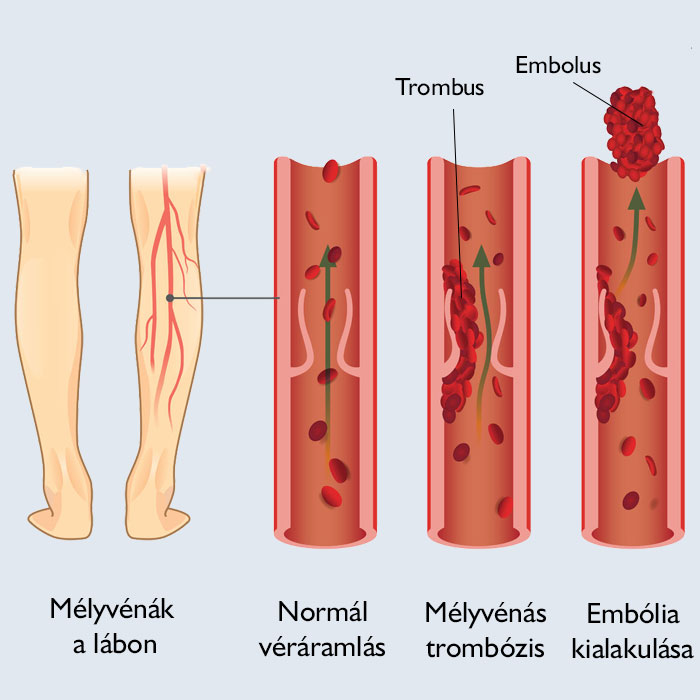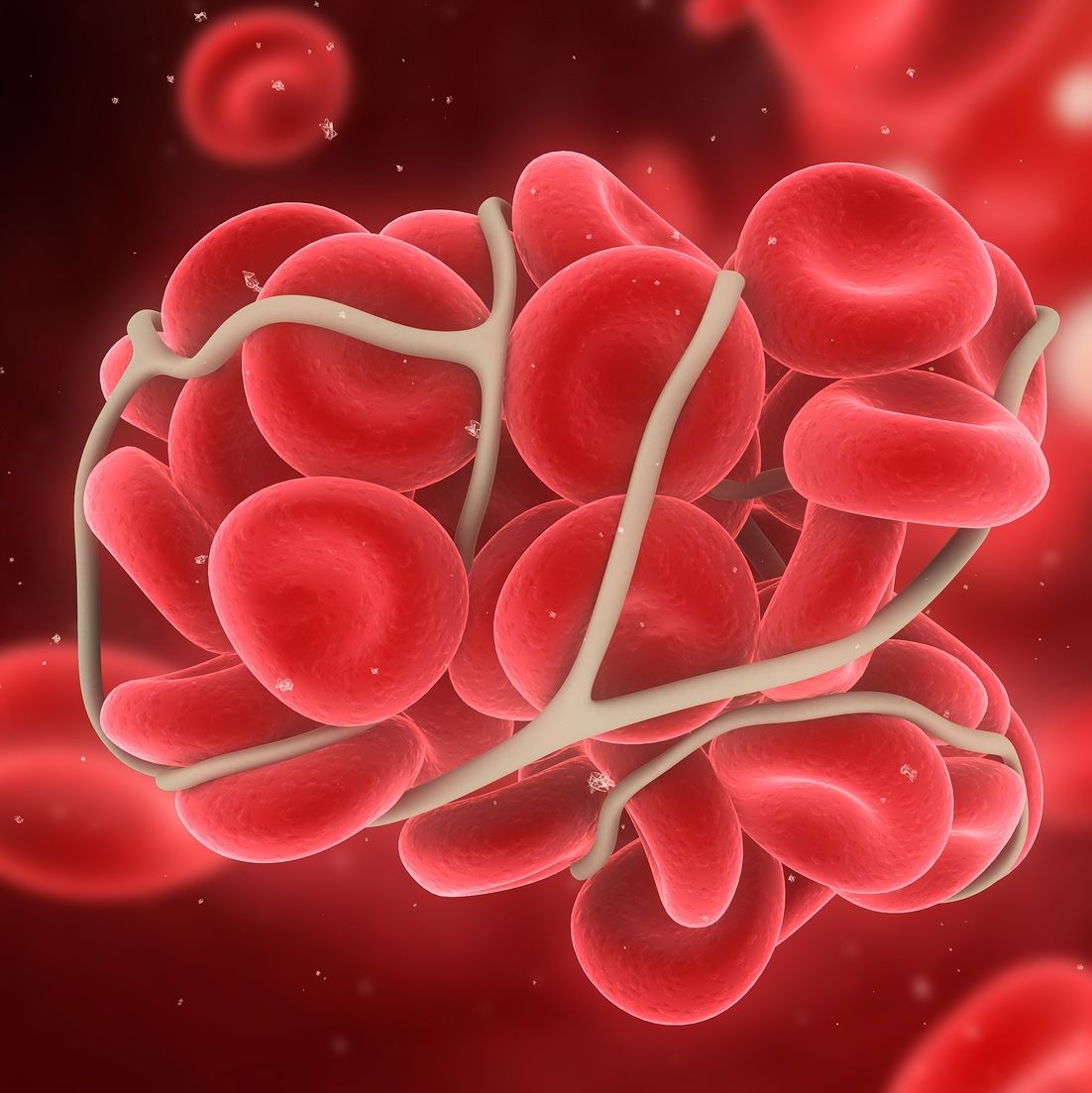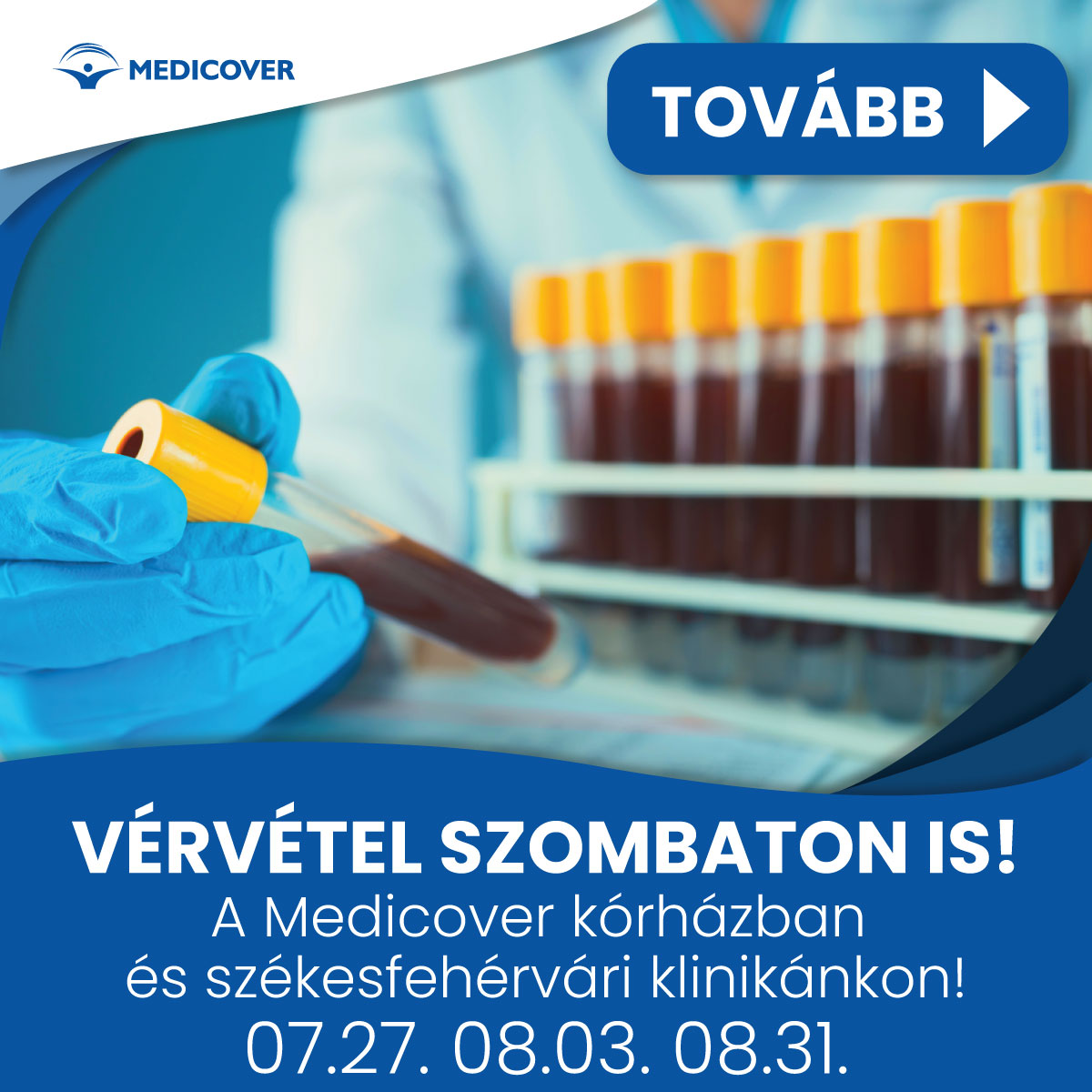MTHFR (methylene tetrahydrofolate reductase) (C677T, A1298C), MTR (methionine synthase) (A2756G), MTRR (methionine synthase reductase) (A66G) genetic test
Folic acid deficiency can damage metabolic functions, and also result in the accumulation of homocysteine (hyperhomocystinaemia), thereby being a significant risk factor of cardiovascular diseases. The higher homocysteine level due to folic acid deficiency is caused by several external factors such as nutrition (e.g. low folic acid and vitamin B12 intake, alcohol and coffee consumption) and sedentary lifestyle, as well as various hereditary factors.
Among the genetic factors, the polymorphisms of the MTHFR (methylene tetrahydrofolate reductase) enzyme’s gene are the focus of research, but the clinical relevance of the polymorphisms of the MTR (methionine synthase) and MTRR (methionine synthase reductase) enzymes is also significant. The importance of polymorphisms of the MTHFR gene in case of thrombosis is already known, and genetic testing is recommended in routine diagnostics for thrombosis screening. The 4 gene polymorphisms we examine (MTHFR C677T, MTHFR A1298C, MTRA2756G and MTRR A66G) are factors affecting folic acid and homocysteine-methionine metabolism, which can change the concentration of functional folic acid metabolites and homocysteine in the blood plasma, resulting in increased cardiovascular diseases, tendency to thrombosis and the likelihood of high blood pressure.
Which gene polymorphisms are we testing?
MTHFR: 677 C>T (Ala222Val)
As a result of the mutation, a decrease in functional enzyme activity can be observed. In the case of a homozygous mutation (TT), the measured enzyme activity can decrease by an average of 56-60%, and in the case of a heterozygous mutation (CT) by 20-30%. It results in elevated plasma homocysteine levels, which are expressed to a greater extent in homozygotes than in heterozygotes and wild types. Regardless of the homocysteine level, it increases the risk of high blood pressure and can be associated with cardiovascular diseases, coronary artery disease, thrombosis and heart attack.
MTHFR: 1298 A>C (Glu429Ala)
The mutation results in reduced MTHFR enzyme activity and predisposes to cardiovascular diseases. With the co-occurrence of the MTHFR 677 C>T polymorphism, it may contribute to the development of ischemic stroke and a slight increase in homocysteine levels. In women, it entails a 2-3 times higher than average risk of foetal neural tube defects.

MTR: 2756 A>G (Asp919Gly) (methionine synthase)
It can increase the risk of cardiovascular diseases and coronary artery diseases.
MTRR: 66 A>G (lle22Met) (methionine synthase reductase)
It may increase the risk of developing cardiovascular diseases and hyperhomocysteinemia.
In the case of patients carrying the mutation, it is important to support folic acid metabolism as folic acid consumption can reduce the risk of developing cardiovascular diseases and foetal neural tube defects. Foods rich in folic acid are, for example, spinach, Brussels sprouts, asparagus, broccoli, green peas, red beans, kale, avocado, other leafy vegetables and legumes, bananas, papaya.
While the laboratory test for predisposition to thrombosis (thrombophilia) examines congenital and acquired coagulation disorders, the MTHFR (C677T, 1298C, MTRRA2756G, MTR A66G) genetic test helps screen for genetic predisposition to arterial and venous thrombosis, thereby contributing not only to improving an individual’s health, but the risk of foetal death in pregnancy can also be avoided.
The assay is suitable for detecting a mutation in the MTHFR (C677T, 1298C, MTRRA2756G, MTR A66G) gene.
What is thrombosis?
Thrombosis is a disease in which a blood clot (thrombus) forms in the veins, which can partially or completely block the blood flow. The formation of blood clots is caused by a coagulation disorder.
Blood clots can form in different areas of the circulatory system, but are most often formed in the deep veins, typically in the lower limbs, as blood circulation can slow down more easily here. A blood clot can also form in the upper veins, but this is mostly harmless and easy to treat.
If the resulting blood clot is loosely attached to the vessel wall, it can easily come off and the detached blood clot (embolus) will start to drift with the bloodstream. A detached blood clot causes a serious problem when it arrives at a narrower blood vessel section and becomes wedged in and blocks the blood flow. This is when an embolism develops. Blood clots detached from the veins of the legs usually pass through the heart and block one or more arteries in the lungs, causing pulmonary embolism.
It is important to take the symptoms of thrombosis seriously so that major trouble can be prevented and avoided. The most common symptoms are a swollen, red, touch-sensitive, warm limb, which most often occurs around the foot, ankle, or thigh. Swelling is caused by fluid build-up (oedema), which can lead to ulcers later if left untreated. If you experience symptoms, visit an emergency room as soon as possible.


Why is a mutation in the MTHFR gene a threat?
Elevated MTHFR gene concentrations as an independent factor increase the risk of developing ischemic heart disease, cerebrovascular disease, peripheral arteriosclerosis, deep vein thrombosis, and foetal neural tube defect disorder.
Due to the nutritional factor, it develops when the body’s supply of folic acid is not abundant enough (for example, many folic acids are contained in “leafy” vegetables: sorrel, spinach, lettuce).
It can develop as a result of inherited factors. The most common of the inherited factors are point mutations in the methylene tetrahydrofolate reductase (MTHFR) enzyme gene (C677T and A1298C). Inherited factors even include the FV Leiden mutation, a coagulation disorder of genetic origin. If a mutation in the MTHFR gene co-occurs with a FV Leiden mutation, we can talk about a higher risk factor.
A moderate increase in the level of the MTHFR gene occurs in 5-10% of the population, at which point the risk of thrombosis is almost 3 times the normal value. Tests should be performed as part of a thrombosis examination.
When is the test recommended?
- recurrent venous thromboembolism (VTE),
- in case of first VTE:
- if the thrombotic event occurs in a relatively young person (under 50 years of age),
- without cause, at any age,
- or it is in an unusual place, such as in the blood vessels of the upper arm, brain, or abdominal organs,
- during pregnancy, post-partum, contraceptive and hormone replacement therapy,
- loss of two or more foetuses.
The test can also be performed on an asymptomatic family member with a known thrombophilic family.
Who should have the test done?
- Hereditary predisposition to thrombosis is highlighted by the following:
- Thrombosis at an early age that cannot be explained and/or recurrent.
- Venous thrombosis under 50 years of age.
- Venous thrombosis during pregnancy or the use of contraception.
- Certain cases of recurrent miscarriage or unexpected obstetric complications.
- Abnormal APC resistance test result.
- If thrombosis had occurred in the family, as well as if a family member is a confirmed Leiden carrier.

How do I prepare for the test?
No specific preparation is required before the test.

